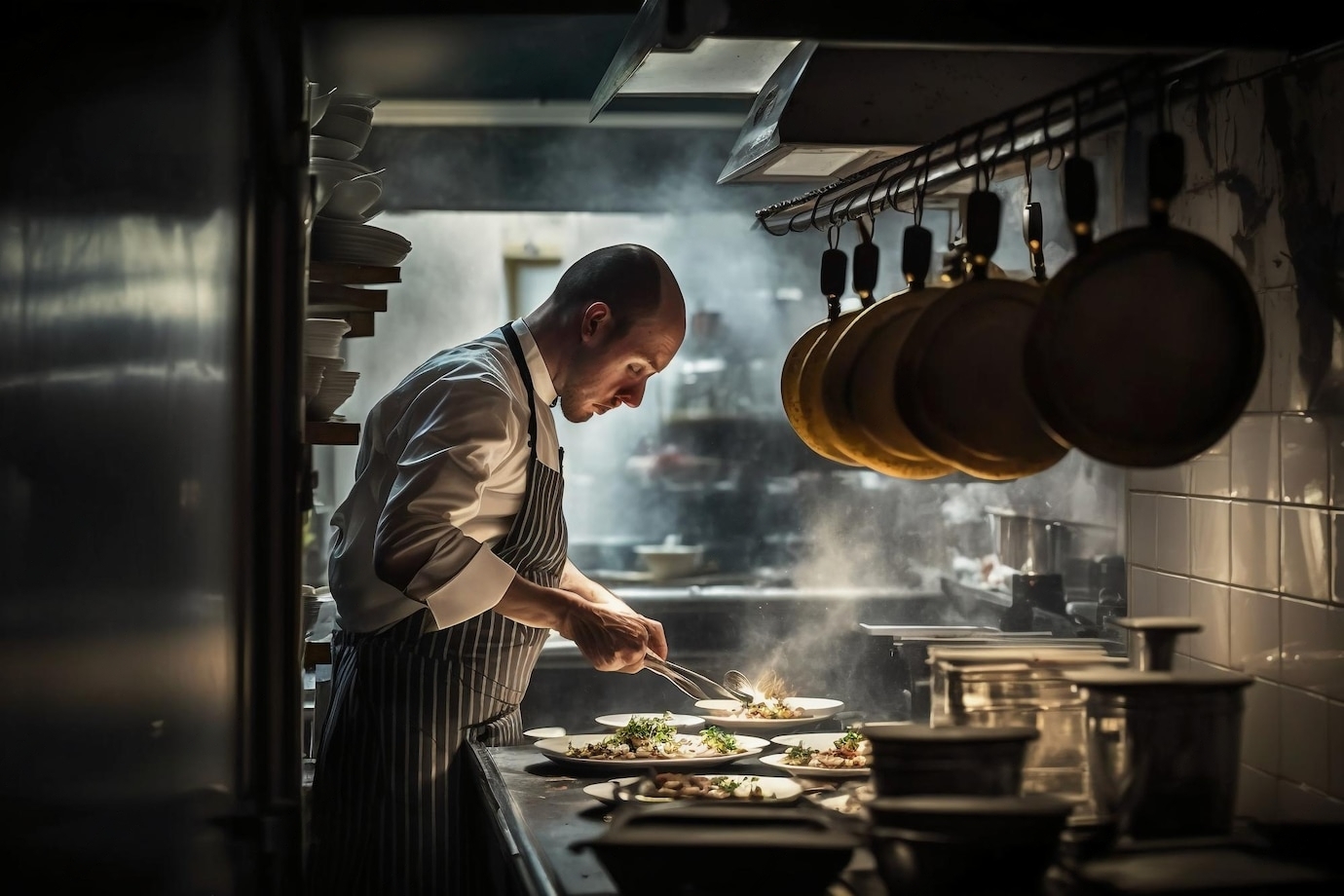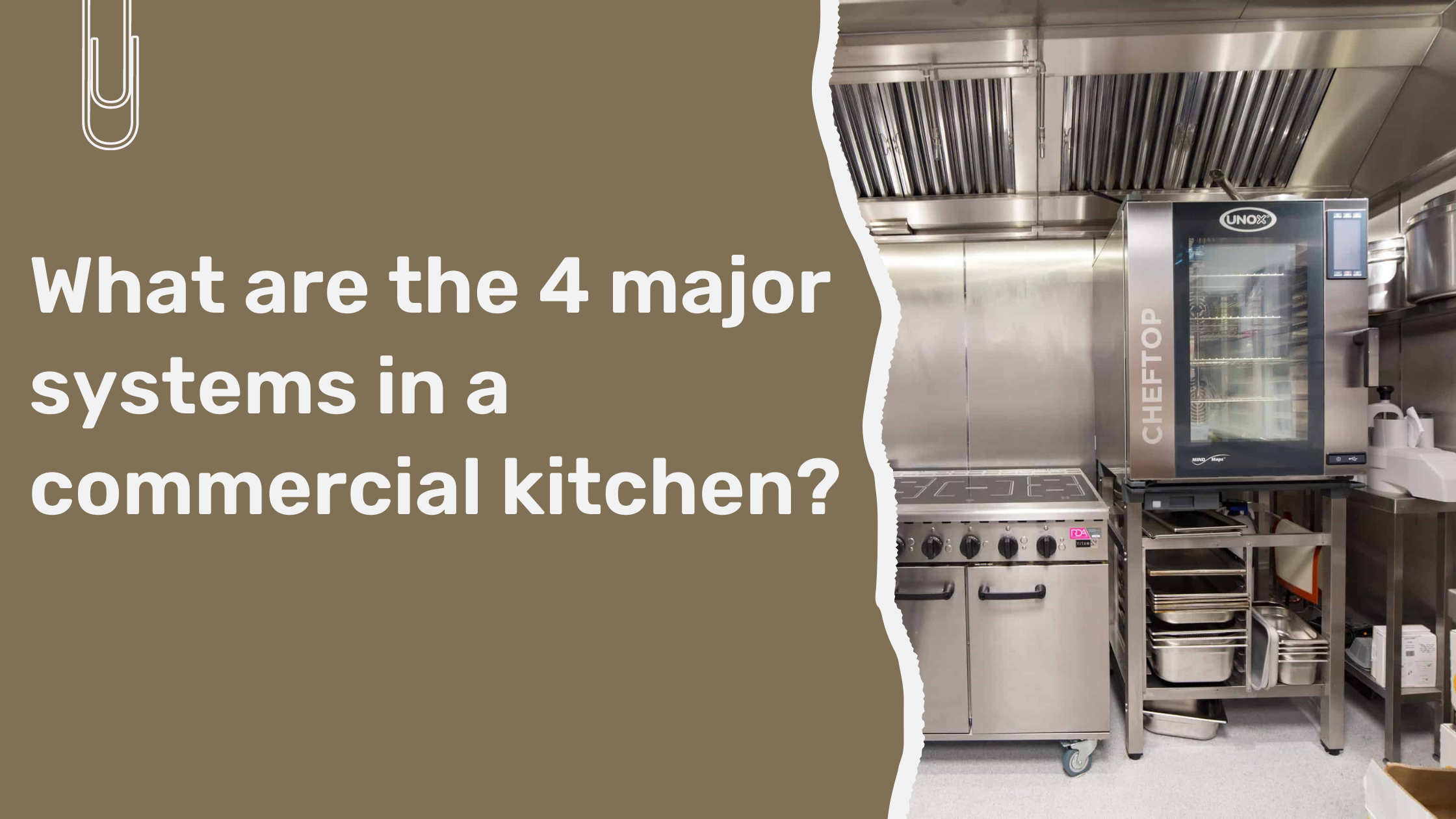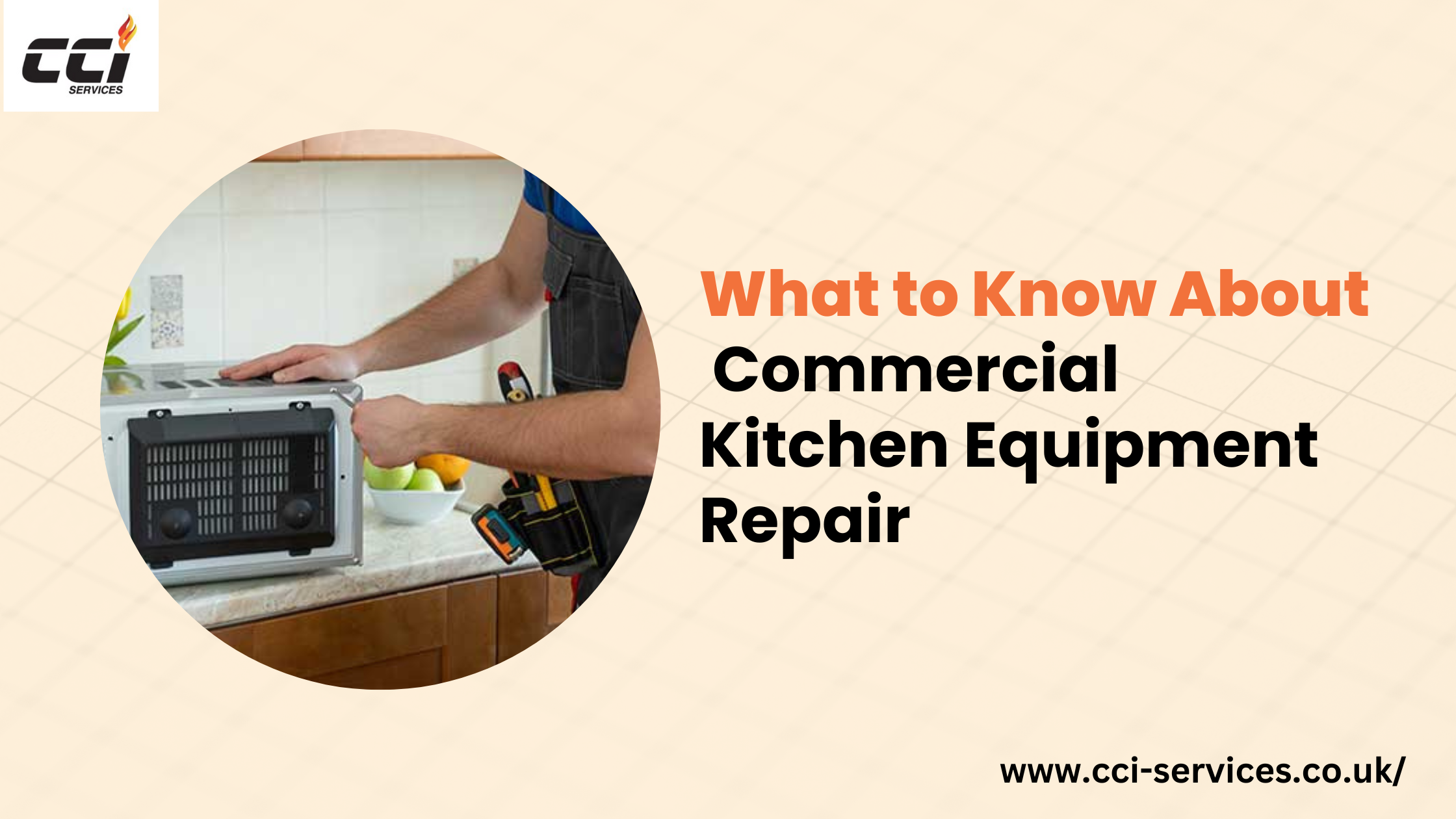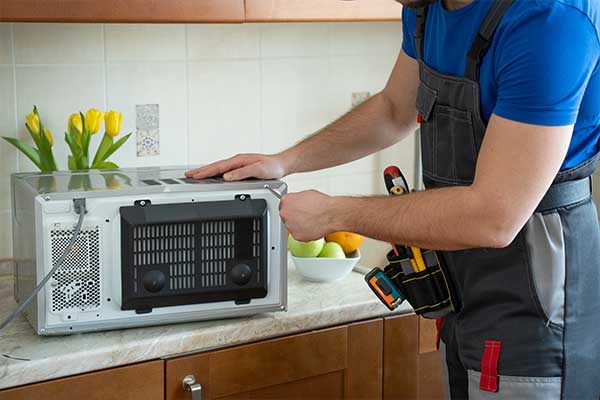Kitchen cabinets are a vital part of any home, adding functionality and enhancing the kitchen’s overall aesthetics. Over time, however, cabinets can wear out, get scratched, or lose structural integrity. Whether it’s loose hinges, peeling laminate, or warped doors, learning how to repair kitchen cabinets can save you from a complete kitchen overhaul.
The kitchen is often the heart of a home, where families come together and meals are crafted. At the center of this space are the cabinets, which blend functionality with style. Whether you’re drawn to modern sleekness or classic charm, the right kitchen cabinets can enhance your kitchen’s appearance and organization. This guide will help you navigate the styles, materials, and trends to create a kitchen that’s both beautiful and practical.
In this article, we’ll explore simple yet effective steps to fix common cabinet issues. This guide is for those considering a DIY approach to Commercial Kitchen Repair. However, if you feel some problems require professional attention, consult a reliable technician such as CCI Services who provide you with expert advice on the kitchen cabinet.
Common Problems with Kitchen Cabinets
Before jumping into how to repair kitchen cabinets, it’s essential to identify the specific issues. Cabinets in various types of commercial kitchens endure daily wear and tear, and and while some concerns may have a cosmetic nature while others might influence their functions. Here are a few of the most common cabinet issues:
- Loose or sagging hinges: Over time, the hinges that support the cabinet doors may loosen, making the doors uneven or difficult to close.
- Peeling laminate: Laminated cabinets can start to peel due to moisture exposure or general aging.
- Scratches and scuffs: These often occur on the surface of wooden cabinets, leading to an unattractive finish.
- Water damage: This can happen if your cabinets are exposed to water or humidity, causing warping, discoloration, or swelling.
- Sticking drawers: Drawers that do not open smoothly can be frustrating and are often caused by debris, wear on the tracks, or wood swelling.
Identifying the problem is half the battle. Once you know what needs to be fixed, you can proceed with the correct kitchen repair solution.
Fixing Loose or Sagging Hinges
One of the most common problems with kitchen cabinets is the sagging doors which are often caused by loose hinges. This issue can make your cabinets look uneven and affect their functionality. Luckily, it’s one of the most straightforward fixes you can do yourself. You can take the following measures:
- Tighten the screws: Start by checking the screws on the hinges. In many cases, the screws may have loosened over time. Using a screwdriver you need to tighten them carefully.
- Replace stripped screws: If the screws are stripped and won’t tighten, you can use a larger screw or fill the hole with wood filler, allowing it to dry before screwing the hinge back in place.
- Adjust the hinges: Modern hinges often have adjustment screws that allow you to align the doors. Check for horizontal, vertical, or depth adjustments to ensure that the door is perfectly aligned.
By taking these steps, you will likely restore your cabinet doors to their original functionality and appearance.
Repairing Peeling Laminate
Laminate cabinets are a popular choice due to their affordability and sleek finish. However, they are prone to peeling, especially in areas exposed to heat and moisture. Here’s how you can fix this problem:
- Clean the surface: Use a gentle cleaner to remove grease, dust, or debris.
- Apply adhesive: Once clean, apply a strong adhesive, such as contact cement to the cabinet surface and the underside of the peeling laminate.
- Press firmly: Press the laminate back onto the cabinet, making sure that there are no air bubbles. Use a clamp or heavy object to apply constant pressure while the adhesive settles down firmly in its place.
- Trim the edges: Use a utility knife to trim any excess laminate that may have expanded.
Peeling laminate can be very unpleasant to look at., but with the suitable adhesive and technique, you can restore your cabinets to look as good as new.
Dealing with Scratches and Scuffs
Wooden cabinets, though durable, are vulnerable to scratches and scuffs. Fortunately, most scratches are easy to repair using household items:
- Minor scratches: Use a scratch repair marker that matches your cabinet’s finish for minor surface scratches. Color over the scratch and wipe away the excess.
- Deeper scratches: If the scratches are more significant, you may need to sand the area lightly using fine-grit sandpaper and then refinish it with a matching stain or paint.
- Buffing with oil: For shallow scuffs, applying a small amount of mineral oil or furniture polish and buffing with a soft cloth can often make them disappear.
Taking care of surface imperfections can significantly improve the look of your cabinets without needing a total replacement.
Addressing Water Damage
It is of utmost importance to address the water damage issue as it might lead to swelling or discoloration in that specific area. to avoid water damage, follow the below steps. If you notice swelling or discoloration, follow these steps to address the issue:
- Dry the cabinet thoroughly: If the damage is recent, dry the affected area immediately. Use fans or a dehumidifier to speed up the process.
- Sand the swollen area: For wooden cabinets that have swelled due to water exposure, gently sand down the swollen parts until they are leveled with the rest of the surface.
- Re-stain or paint: Once the surface is smooth, apply a matching stain or paint to remove discoloration.
- Consider replacement: In extreme cases where the water damage is beyond repair, you may need to replace individual panels or doors.
Properly addressing water damage can help extend the life of your cabinets and keep them looking fresh and functional.
Fixing Sticking Drawers
Sticking drawers are a common frustration in many kitchens. This problem can be caused by dirt in the tracks, swollen wood, or misalignment. Here’s how to fix it:
- Clean the tracks: Dirt and debris can accumulate in the drawer tracks, causing them to stick. Use a vacuum and a damp cloth to clean the tracks thoroughly.
- Lubricate the tracks: After cleaning, apply a silicone-based lubricant to the drawer slides to help them glide smoothly.
- Adjust alignment: If the drawer is misaligned, you may need to adjust the tracks. Check for any screws that may have loosened and tighten them.
These simple fixes can restore the smooth functionality of your drawers, making your kitchen back to its original state.
When to Call in the Professionals
While many cabinet repairs can be handled by DIY, but there comes a time when you need to call a technician. For example, if the damage is extensive or you’re dealing with structural issues affecting the cabinet’s overall stability, it’s best to call in experts. You can call in expert technician such as specialized kitchen repair service and can handle everything from major overhauls to intricate repairs.
Preventive Maintenance for Kitchen Cabinets
Keeping your kitchen cabinets in good condition requires more than just repairs when something goes wrong. Regular maintenance can prevent many common issues from occurring. Here are a few tips to help maintain your cabinets:
- Wipe down regularly: Use a damp cloth to remove grease, dust, and food splatters before they harden.
- Avoid excess moisture: Be cautious of water exposure, especially around sinks. Immediately wipe away any spills.
- Use cabinet liners: Line the inside of your cabinets with shelf paper to protect against stains and spills.
- Lubricate hinges and drawers: Regularly apply lubricant to hinges and drawer slides to ensure they stay functional.
With these preventive measures, you can bring back your kitchen cabinets to their original look.
Conclusion
Repairing kitchen cabinets can be a docile task. By identifying the problem and following the proper steps, you can quickly restore your cabinets’ function and beauty. Whether fixing a loose hinge, repairing water damage, or dealing with peeling laminate, these simple DIY fixes will breathe new life into your kitchen. However, contacting a professional like CCI Services can ensure long-lasting results for more significant issues or a complete renovation. With the proper care, your kitchen cabinets will remain a valuable and attractive part of your home for years.

 0800 644 2727
0800 644 2727









